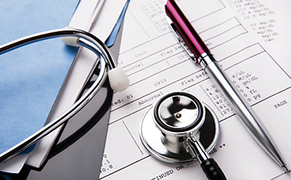
Have you ever wondered what the doctor will do to your child during a general checkup? May you want to know so you can tell your child. First, the doctor or nurse will check your child's weight. Then, he or she will check height. Next, the patient’s eyes, mouth, nose, and ears will be checked for any abnormalities. Then the doctor will check the patient’s throat and lymph nodes. After that, the stomach will be checked for any pain, and heartbeat will be checked with a stethoscope. Finally, the patient’s back is checked for scoliosis. These are the normal procedures for a general checkup. These procedures may be varied from hospital to hospital.
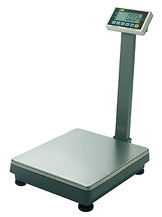
Scales are used to measure weight, whether it’s in pounds or in kilograms. Most scales at doctors’ offices nowadays are electric. A patient has to stand on a typical adult scale, and the scale will measure his or her weight. Along with weight, most scales can measure BMI also—a comparison of height, weight, and age. Since babies cannot stand on scales, there are specially made scales for babies. Babies are lain down in these scales and these scales measure their weight in ounces and pounds. Remember, sixteen pounds equal one ounce.
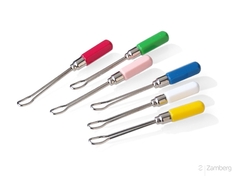
A doctor uses a curate to remove earwax. It is extremely careful that the patient remains still during the process because if too much squirming causes the curate to go to much into the ear, the eardrum can burst. There are different types of curates for different kinds of earwax. Softer curates are used for softer earwax, and harder, more scoop-like curates are used for hard to get out earwax. First, the doctor will check the patients ear with an otoscope to see how much and what kind of earwax the patient has. Depending on what he sees, the doctor will use a curate to take the patient's earwax out of his or her ear.
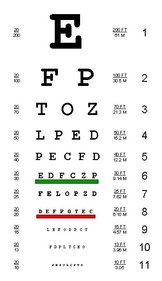
Doctors use an eye screening chart to diagnose whether their patients need glasses or not. Usually, the patient needs to stand sixteen to twenty feet away from the eye chart in order for the doctor to properly perform the test. An eye chart usually contains letters, with the biggest letters on top, and gradually the letters get smaller and smaller. The smaller the letters a patient can read, the better his or her vision. Some charts contain pictures and symbols in stead of letters. These charts are for small children, foreigners, or illiterate people who cannot read American letters. Perfect vision is 20/20 vision. This chart is for doctors to diagnose whether their patients need eyeglasses or not. This is not a formal eye test. If the pediatrician thinks that his or her patient needs glasses, he will send the patient to a optometrist, or an eye doctor.
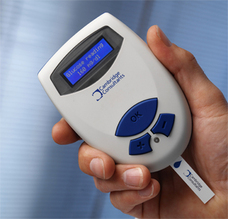
A glucometer is a machine used to test your sugar levels. To test your glucose, the doctor will have to prick your finger and take a drop of your blood into a slide. The slide will then be inserted into the glucometer and the glucometer will give its reading. A normal sugar level is 92.10. Conditions that are related to sugar levels are hypoglycemia and hyperglycemia. Hypoglycemia is the condition of having low sugar levels. If you have hypoglycemia, you will experience headaches, dizziness, and you might pass out. Hyperglycemia, often referred to as diabetes, is the condition of having high sugar levels. Hyperglycemia can damage the brain, cause headaches, confusion, and in extreme cases, cause someone to go into coma. Also, a person can experience polyurea, passing too much urine, or polusypsia, getting very thirsty throughout the day, during diabetes. As you can see, it is very important to check your glucose regularly, and on the bright side, it only takes about two minutes!





 RSS Feed
RSS Feed